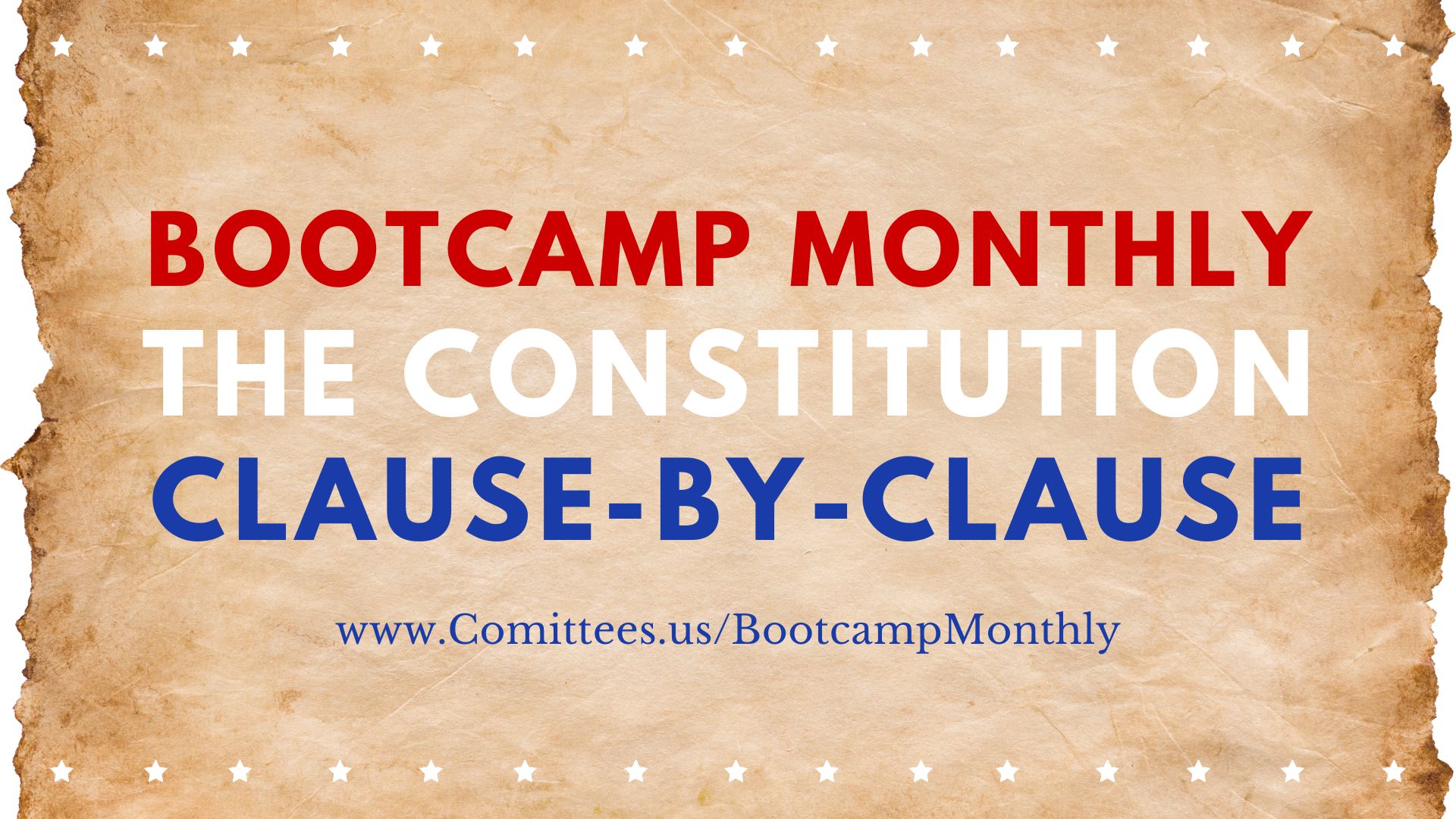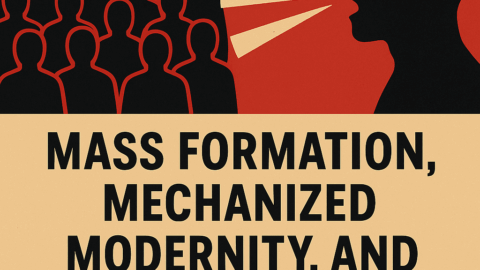Core move: Pick a fault line (race, class, region, religion, profession, generation), amplify identity conflict, and keep rivals too busy fighting each other to challenge whoever holds power or resources.
Why it works: it’s cheaper than persuasion or reform; it converts fear and pride into political energy; and media incentives reward outrage, not nuance.
A (non-exhaustive) tour of U.S. wedges by era
1) Founding–Civil War
- Federalists vs. Anti-Federalists: elite coastal merchants vs. agrarian populists.
- Northern vs. Southern states: sectional identity hardened by economics and propaganda.
2) Reconstruction–Gilded Age
- Poor Whites vs. Poor Blacks (Redeemer politics): racial resentment used to block multiracial labor coalitions.
- Natives vs. Immigrants: “American” workers set against Irish, Chinese, Italians—useful for strikebreaking.
- Workers vs. “Anarchists”: after Haymarket (1886), labor demands reframed as extremism.
3) Progressive–New Deal
- Urban machines vs. Rural populists: patronage vs. farm blocs.
- Prohibition: “dry” moralists vs. “wet” urban ethnics; policing markets through culture war.
4) WWII–Cold War
- Red Scares: liberals vs. “subversives”—loyalty purges used to discipline unions, artists, academics.
- Civil Rights splits: Black freedom movement vs. “law and order”; Northern liberals vs. Southern Democrats (Dixiecrats).
5) Vietnam–1970s
- Hawks vs. Doves: patriotism defined against dissent; campus vs. “silent majority.”
- Busing & school integration: city vs. suburb, Black vs. White parents.
6) 1980s–1990s
- War on Drugs: urban communities vs. police; “super-predators” rhetoric to expand carceral budgets.
- AIDS politics: LGBTQ communities vs. “family values” coalitions.
- NAFTA/globalization: union labor vs. consumer “free trade” promises.
7) 2000s–2010s
- Security vs. Privacy (post-9/11): civil liberties advocates vs. counterterror hawks.
- Immigration: “illegals” vs. “sanctuary” framing; employer demand kept offstage.
- Tea Party vs. Establishment GOP; Occupy vs. Wall Street—parallel populisms kept separate.
- Police vs. Community: Thin Blue Line vs. BLM as a crystallized wedge around violence, legitimacy, and budgets.
8) 2020s–
- Pandemic governance: public health vs. civil liberties; blue vs. red jurisdictional fights.
- Culture-war loops: schools, gender, curriculum, speech on campus/platforms—outrage cycles monetize divides.
- Geo-conflicts at home: pro-/anti- positions on foreign policy mapped onto domestic identity coalitions.
Bottom line: there aren’t “one or two”—there are dozens of recurring wedges, refreshed each era around whichever identities and budgets are most actionable.
How wedges are financed (the incentives map)
Why “follow the money” matters: moral language frames the fight; money often shows the point of the fight (votes, contracts, regulation, labor discipline, media revenue).
Common funding streams behind wedges
- Public budgets: policing, prisons, defense, homeland security, education—largest pots drive the hardest fights.
- Unions & Professional Associations: police unions, teachers’ unions, hospital groups—dues fund lobbying and messaging.
- PACs & “Dark Money”: 501(c)(4)s, Super PACs, pass-through nonprofits fund ads, ballot measures, and astroturf.
- Philanthropy & NGOs: foundations seed advocacy, research, lawsuits; shape narrative frames (reports, toolkits).
- Corporate & Trade Associations: industries finance “consumer safety,” “jobs,” or “innovation” narratives to steer regulation.
- Tech & Media Platforms: outrage = engagement = ad revenue; algorithmic boosts can harden wedges.
A practical “Follow-the-Money” checklist (works for any wedge)
- Define the policy choke-point.
What actual decision is at stake? (budget line, contract, statute, mandate, data rule) - List the economic winners/losers.
Who gains money, headcount, or authority if Side A wins? If Side B wins? - Trace the funding.
- Campaign cash: OpenSecrets.org (federal), state portals (state races).
- Nonprofits: IRS Form 990 (Candid/Guidestar, Charity Navigator).
- Government spend: USASpending.gov, local budget PDFs, procurement portals.
- Unions/pro associations: LM-2 filings (for some), annual reports.
- Lobbying: federal & state lobbying registries.
- Map the message machinery.
Which PR firms, think tanks, media outlets, “research” shops, or influencers repeat the same slogans? Do they share funders? - Timeline the surge.
When did the wedge heat up? Did it coincide with a contract negotiation, federal grant window, ballot measure, or scandal? - Compare stated goals vs. budget reality.
Do dollars move where the rhetoric claims the “crisis” is? If not, you’ve found the agenda. - Test for astroturf.
New “grassroots” groups with PO boxes, shared counsel, identical websites, or sudden ad buys often trace back to a common funder.
Applying it to “Thin Blue Line vs. BLM” (framework, not verdicts)
- Choke-points: city/state police budgets; union contract provisions (discipline, arbitration); liability & insurance; body-cam and tech procurement; DA elections; state preemption of local reforms.
- Winner/loser scan:
- If status quo holds: unions keep contract terms; vendors sell tech; municipalities avoid lawsuits via indemnification.
- If reform passes: civil-rights litigators gain leverage; alternative responders (mental health, EMS) gain funds; insurers change premiums/requirements.
- Message machinery: track which PACs, nonprofits, and media buys (both “back the blue” and “defund/reform”) fund the narratives in your city; compare to contract votes and vendor RFPs.
- Budget reality check: did funds actually shift to prevention/alternatives—or just to new surveillance gear? That delta reveals priorities.
Quick rules of thumb
- If a wedge never resolves, it’s probably useful to someone.
- If the rhetoric is moral but the outcome is fiscal, believe the budget.
- If two sides scream past each other, look for a third party cashing the check.
- If a “grassroots” group appears right before a vote with perfect branding, check its 990s and registries.
The playbook to dull divide-and-rule
- Name the shared goals in plain language (safety + justice; education + freedom).
- Force budget transparency (line-items, vendor contracts, overtime, grants).
- Insist on third-party audits (outcomes, not slogans).
- Localize decisions where possible; wedges fade when neighbors co-own tradeoffs.
- Reward cross-coalitions (labor + civil rights; business + public health) that agree on mechanisms, not just morals.
Bottom line
“Divide and rule” isn’t rare—it’s the default. The antidote isn’t a better slogan; it’s budget literacy + funding sunlight + local decision-making. Follow those three, and the real agenda has a hard time hiding behind the latest culture-war costume.






